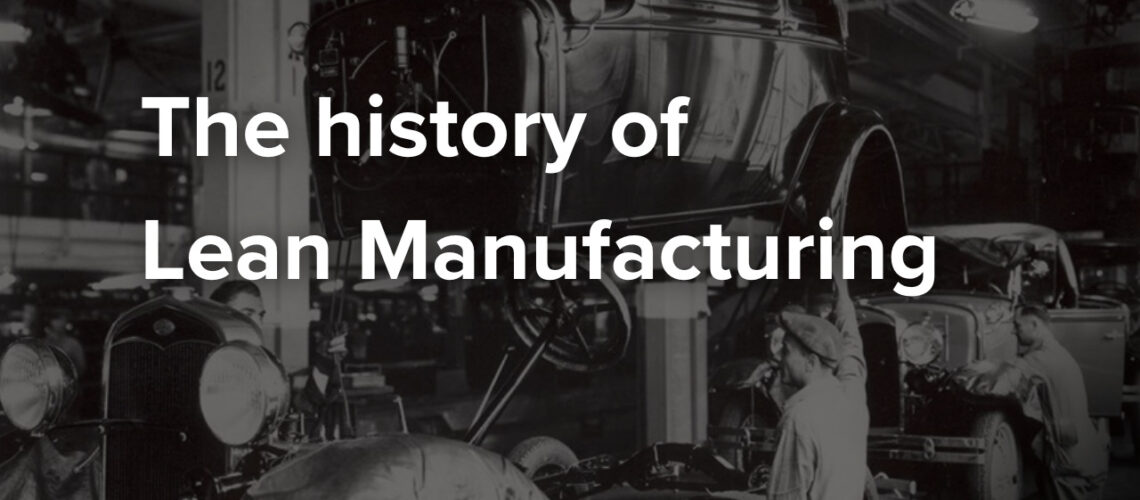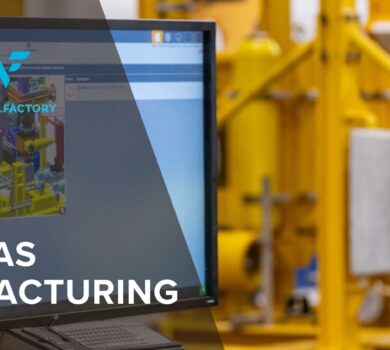Lean Manufacturing: The Inception
Everyone likes to think their production line is wholly unique to them. The truth is, however, manufacturing processes haven’t evolved that much from their inception – technology and automation got more sophisticated, and the products being manufactured more complicated, but the beating heart of any production line remains the same – the people working on it.
The real change along any production line comes from how effectively the shop floor operates, how processes are streamlined and how the waste is removed.
And that’s what Lean Manufacturing is all about.
The birth of modern manufacturing
Since the birth of manufacturing in the early 1800s, each era has had its own version of Lean Manufacturing – if by that we mean ‘ways to maximize production across an entire production line’.
The modern understanding of Lean Manufacturing would be nowhere without Henry Ford. He might not have invented the car or the production line, but by implementing several Lean Manufacturing Principles, he took Ford from just another car manufacturer to the world leader in automotive manufacturing. – revolutionizing not just his own production line but making cars cheaper and more accessible for everyone.
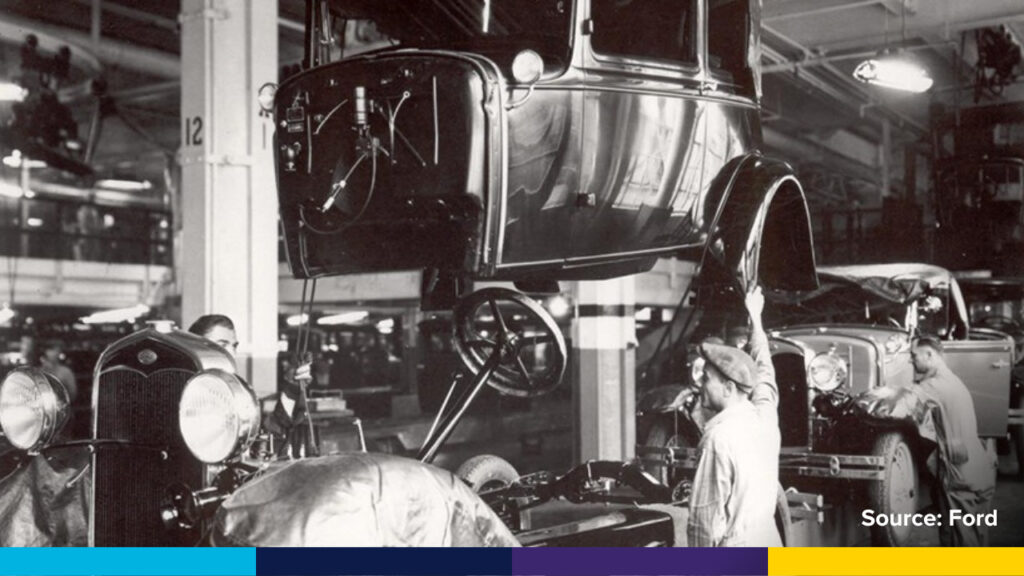
Ford’s main focus were standardizing product materials and parts, reducing waste time by decreasing the number of tasks for each operator, and streamlining costs by getting the right number of materials and parts according to what production required, something that would go on to be called ‘just-in-time manufacturing’.
Less waste and more consistency
Henry Ford’s revolutionary strategy changed production lines across the world and spawned dozens of new automotive manufacturers. One of which, was automatic loom manufacturer Toyota, who established an automotive division of the business in 1933. Toyota’s automotive manufacturing continued to grow, but financial instability after World War II required the company to be bailed out by the Bank of Japan.
It took a US Army order for 1,000 trucks from Toyota, for the Korean War, to provide the company with the opportunity to build back up to its former glory. To meet this order quickly executives at the company including Eiji Toyoda took a trip to the US to train with the Ford Motor Company and observed their operations alongside other US manufacturers. This, combined, with the company’s original processes manufacturing automated looms spawned the Toyota Production System (TPS).
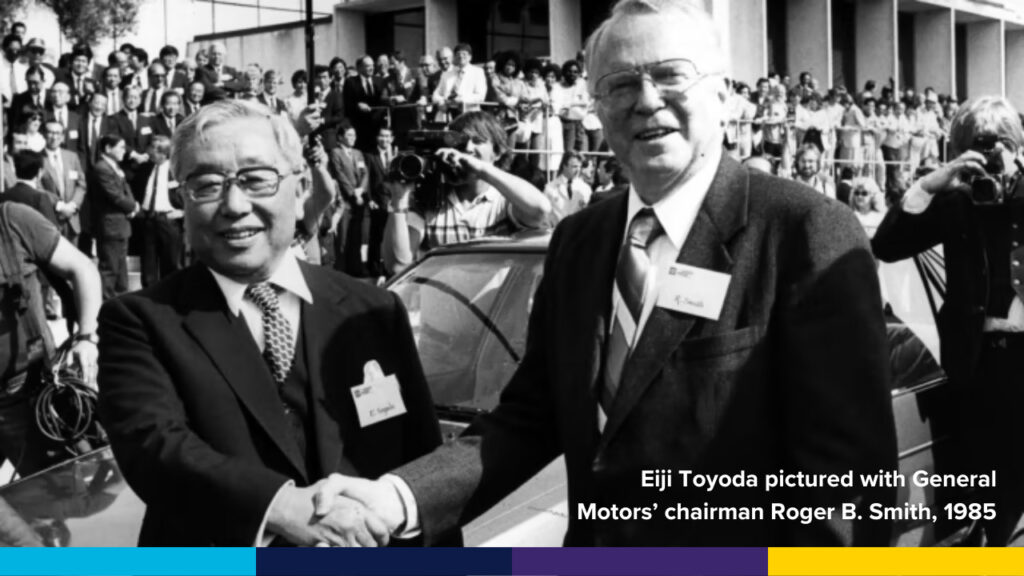
The TPS focused on two main goals: designing out overburden (muri in Japanese), and inconsistency (mura) and eliminating waste (Muda, hence NoMuda). Creating a smooth delivery of results was key, but making sure production could remain flexible to meet the variety of goals within Toyota was also vital. The TPS lists 8 kinds of Muda:
- Waste of overproduction
- Waste of time on hand
- Waste of transportation
- Waste of processing itself
- Waste of excess inventory
- Waste of movement
- Waste of making defective products
- Waste of underutilized workers
In targeting each of these, manufacturing can be streamlined across the entire production line and even beyond into the logistics pre- and post-production.
MRP vs. Lean Manufacturing
It wasn’t until 1977 that the methodology behind these processes were published in two English-language articles, one referring to it as the ‘Ohno system’ after Taiichi Ohno, who alongside Eiji Toyoda and other members of Toyota, created the TPS. Together with the other article, which was published in an international journal, the teachings of the TPS moved across the US in the 1980s.
Many manufacturers in the US were using software-based lean manufacturing tools called Manufacturing Resource Planning (MRP II), and some felt that the TPS failed to rival the software. Debates and arguments sparked across the US manufacturing industry with some saying that MRP II had eclipsed Just–in–time manufacturing. The barrage of criticism from professionals and writers within the space might have held Lean Manufacturing back, but throughout the 80s, manufacturers began to utilize its systems within their production lines.
Higher levels of productivity and quality with Lean Manufacturing
By 1988, John Krafcik, who had worked at New United Motor Manufacturing, Inc. (a joint venture between Toyota and American automotive manufacturer General Motors), coined the term Lean Production through his study of 90 manufacturing plants across 20 countries.

Krafcik’s article Triumph of the Lean Production System discussed how “Lean Manufacturing plants have higher levels of productivity/quality than non-lean” and kicked off a global adoption of Lean Manufacturing.
Throughout the 90s and early 2000s, businesses began investing heavily into their manufacturing across the globe, implementing a variety of Lean Manufacturing tools and a clear focus was needed to have these production lines operate with minimal difficulties and interruptions.
Instead of a debate about whether Lean Manufacturing was superior to MRP II and other similar platforms, software became the best way to assist in integrating Lean Manufacturing principles across a business. Manufacturing Execution Systems (MES), like NoMuda VisualFactory, began seeing wider adoption and became one of the keyways manufacturers implemented the ideas around Lean Manufacturing, using this advanced manufacturing technology to collect data across the manufacturing process and collate it in one place.
Lean Manufacturing and Digital Transformation
As technology improved and many production lines became more complicated, Industry 4.0 was established. Through prioritizing digital manufacturing and using advanced manufacturing technology, it became easier than ever to adopt Lean Manufacturing principles.

The demand for more complicated technology from consumers means mistakes are more frequent and more costly than ever before. Resolving these issues requires not just thorough implementation of Lean Manufacturing principles, but also a fully integrated MES System. As manufacturing moves forward, technological integration will be the linchpin that will redefine Lean Manufacturing.
If you’re interested in seeing what an MES System can do for your production line, get in touch with us today at info@nomuda.com.
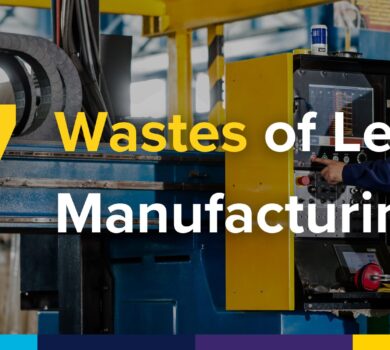
7 Wastes Of Lean Manufacturing
Introduction Muda is the Japanese word for waste, the inevitable and unwanted gremlin of every
Elevating Oil and Gas Equipment Manufacturing with NoMuda VisualFactory
Oil & Gas. In the competitive landscape of the oil and gas industry, the stakes
Have You Heard the News? NoMuda VisualFactory has been recognized as a 2023 Customers’ Choice
We at NoMuda are super-thrilled to be recognized as a Customers' Choice for September 2023


